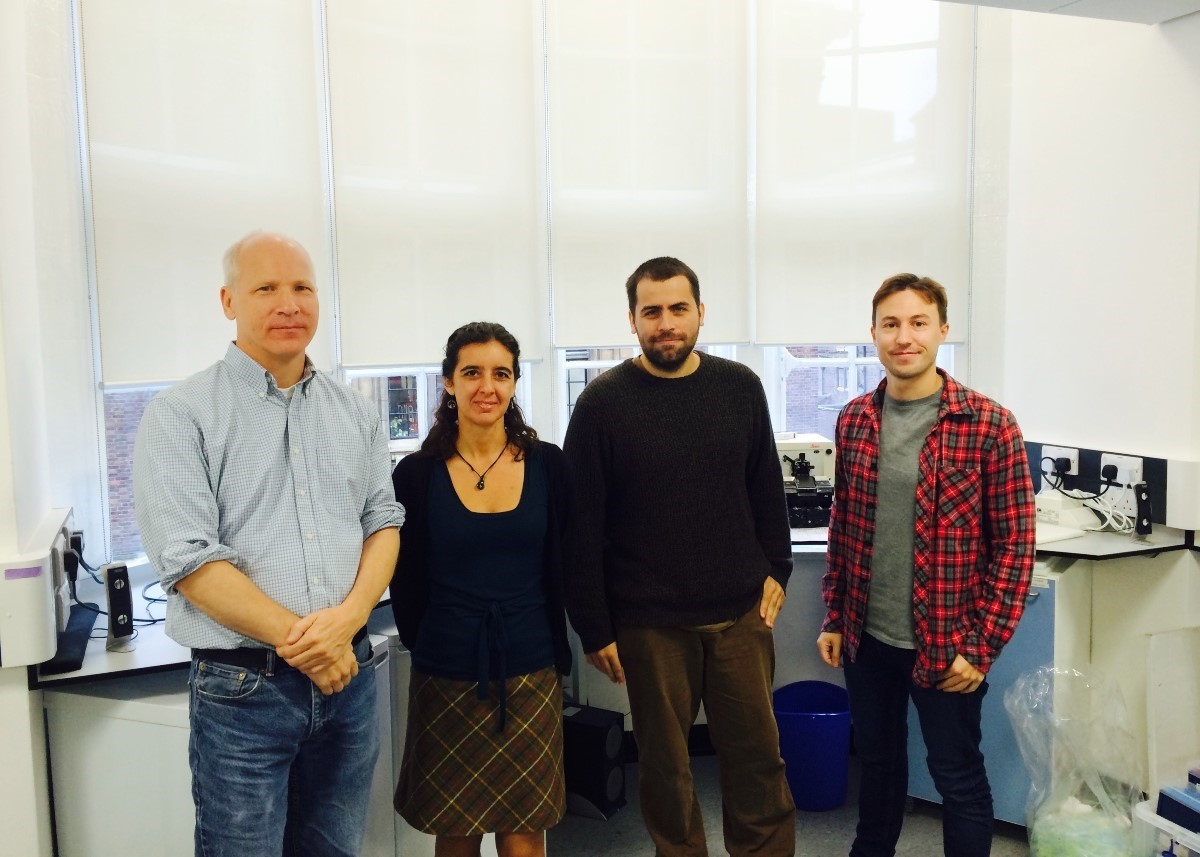A study funded by Breast Cancer Now has identified a protein that affects the blood vessels in the lungs.
A study funded by Breast Cancer Now has identified a protein that affects the blood vessels in the lungs.

Protein sheds light on how breast cancer spreads to the lungs
A study funded by Breast Cancer Now has identified two proteins, HIF-1α and HIF-2α, that affect the blood vessels in the lungs.
The research, led by Dr Cristina Branco at Queen’s University Belfast, discovered that when there is more HIF-1α than HIF-2α, there is an increased chance of breast cancer cells spreading to the lungs. When breast cancer spreads to another part of the body, it is known as secondary breast cancer.
Understanding these proteins
Cristina has discovered that short-term, low levels of oxygen can lead to an increase in HIF-1α. Conditions such as pulmonary hypertension, anaemia, and sleep apnoea can cause short-term, low levels of oxygen.
The increase in the protein HIF-1α alters the structure of the smallest blood vessels in the lungs. These changes make it easier for cancer cells to move from the bloodstream into the lungs, and to grow into secondary tumours.
However, when exposed to low levels of oxygen over a long-term period, more of the protein called HIF-2α is produced to counter this. HIF-2α has a protective effect and can reverse the changes to the structure of the blood vessels caused by HIF-1α, restoring it and reducing the ability of breast cancer cells to spread to the lungs and grow into tumours.

Why is this important?
Dr Simon Vincent, Director of Research, Support and Influencing at Breast Cancer Now, commented on the findings:
‘This exciting research gives new insight into the impact that proteins produced by healthy cells have on the spread of breast cancer, which could help us to protect certain organs, such as the lungs, from secondary tumours.’
Secondary breast cancer can be treated, but it can’t be cured. Treatment aims to control the cancer, relieve any symptoms, and maintain health, wellbeing and a good quality of life for as long as possible.
Simon added, ‘With around 11,500 women and about 85 men still dying each year in the UK, we urgently need to find new ways to prevent the disease spreading and to treat it more effectively when it does.’
The lung is a common site for breast cancer to spread to and when it does, it causes symptoms such as breathlessness and a persistent cough, both of which can significantly affect a person’s quality of life.
By understanding the role of these proteins in the spread of breast cancer cells, Cristina hopes that ‘the research will lead to the development of treatments that can help prevent [secondary breast cancer in the lungs] or better treat these patients’.
Next steps
Further research to understand how HIF-1α impacts the spread of breast cancer cells could lead to new drugs being developed that may help prevent secondary breast cancer.
‘We look forward to further research that could use this knowledge to develop new treatments to protect the organs that are most at risk of developing secondary breast cancer, possibly helping stop the spread of disease’, says Simon Vincent.
‘One of the main challenges for patients and clinicians is that it’s hard to predict, based on the diagnosis alone, which patients will develop secondary breast cancer. My team and I believe that research studying the patient alongside the disease, will help to identify the patients most at risk, as well as why they are most at risk,’ added Cristina.
The study was published in Scientific Reports
If you have any concerns about breast cancer, you can speak to our expert nurses on our free Helpline at 0808 800 6000 or by using our confidential Ask Our Nurses service.